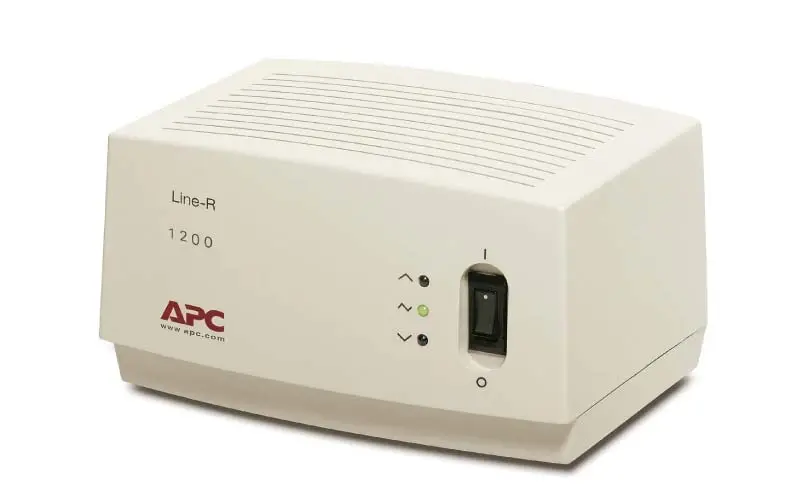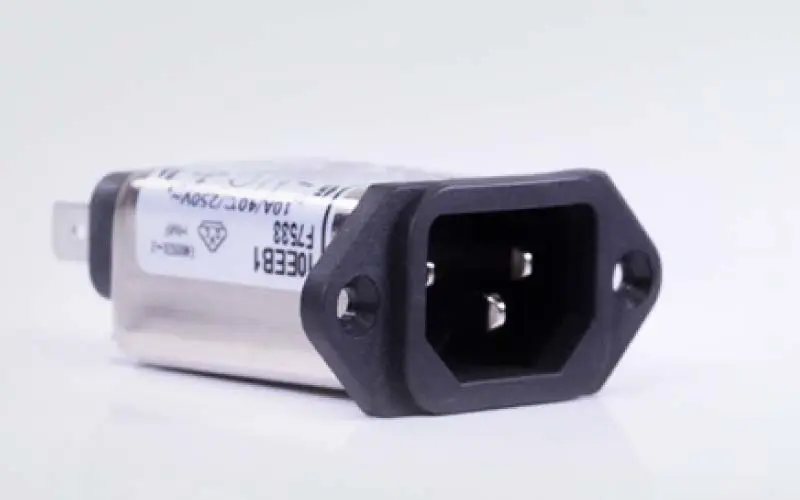How to Clean Up Generator Power? – [ 6 Proven Methods]
The outdated open-frame generators might not have the latest AVRs which make sure that the only cleaner/safe power should flow across the house, and as a result, your voltage-sensitive appliances will be in danger. In addition to that the work efficiency of the motorized devices like the sump pump, fans, etc. will also be affected.
This article aims to provide multiple ways to clean the generator’s power in an instant.
Let’s dive in;
What is a Dirty Power?
The flow of electricity with various abnormalities like fluctuating voltage, lower power factor, and unstable frequencies is known as dirty or contaminated power.
Additionally, dirty power couldn’t provide pure sine waves hence the voltage-sensitive appliances will be in danger.
How to Clean Up Generator Power?
There are the following methods to fix dirty power.
1. Replace the Ordinary One With an Inverter Generator:

Though inverter generators are a bit more expensive than ordinary ones, they are still famous for their lower noise levels and cleaner power supply with extremely lower THDs (<2%).
Inverter generators make sure that the pure sine waves can be supplied to voltage-sensitive appliances to avoid any costly repairs down the road.
2. Using a UPS (Uninterruptible Power System):

As the name suggests the UPS stands for Uninterruptible Power System and was used for desktops or PCs to secure the data when there is no light.
The sole purpose of UPS is to save a certain amount of power and supply it when needed; also they are being used to provide distortion-free power with smoother sine waves.
Adding the UPS between the generator and your appliances could not only provide distortion-free power but also you have a little backup power when the generator is out of fuel.
NOTE: Make sure to get a compatible UPS as per the frequency of the generator. Mismatched UPS could create a lot of costly repairs down the road.
3. Using a Separate Voltage Regulator:

A separate automatic voltage regulator would be a good investment to counter the dirty power.
AVR makes sure that the generator’s RPM should be in balance so that the voltage could travel in pure sine waves rather than blocky waves and as a result, the voltage-sensitive appliances would be free from any shock.
NOTE: Make sure to cross-check the compatibility of the separate VR/AVR with the generator you own.
4. Using a Power Line Conditioner:

A power line conditioner is the most affordable power cleaning device that is meant to stabilize the voltage produced by an open-frame portable generator.
A compatible power line conditioner could be connected to the generator to reduce the RPMs and as a result, the voltage-sensitive appliances will get cleaner power with stable voltages.
Another major advantage of the power line conditioner is, that they are pretty easy to operate; even a newbie could do the task within no time.
The only disadvantage is, that it can’t clean up the modified sine waves found in most of the open frame generators hence your appliances still have a chance to consume the dirty power.
5. Using a Standalone Inverter:

A standalone inverter would be a great investment in case you don’t have an inverter generator. The inverter would convert the DC output to an AC output with smoother sine waves so that your voltage-sensitive appliances could intake cleaner power.
In addition to that the standalone inverter will make sure that the generator produces balanced RPM as per the required load so that the fuel cost will be minimized.
The only flaw is power losses. The standalone inverter consumes more power and as a result, we have less power for the appliances, hence we need a bigger generator for that connection. Why not get an inverter generator instead of making connections and spending on the Inverter, etc.?
6. Using the Power Filters:

This is one of the cheapest ways to stabilize the voltage and electromagnetic interference to some extent; however, it isn’t a proper solution like a UPS, Inverter, etc.
Reasons You Should Clean the Generator’s Power?
Below is the reason to clean the generator’s power.
What Are the Causes of Dirty Power?
Below are the reasons for contaminated power.
Contaminated fuel: Contaminated fuel will surely block the smooth flow of fuel to the combustion chamber and as a result, the generator provides irregular RPMs with fluctuated voltages.
Generator with Higher THD levels: A generator with more than 15% THD levels couldn’t be able to provide cleaner power to your voltage-sensitive appliances, make sure to check out the THD levels before making the buying decision.
Overload: If you are exceeding the actual capacity of the generator, you may find strange/Cranking sounds and irregular RPMs.
E.g.: a generator with 4,000 starting and 2,500 running watts couldn’t be able to provide more than those 4,000 watts.
Broken or Faulty Electrical lines: Faulty electrical lines could not only put you and your family at risk but also ruin your costly appliances, make sure to fix any line that is sparking.
Burnt/Overused Engine Oil: Burnt/Overused engine oil is a leading cause of scraping the inner components of the engine and as a result, the components become weaker and unable to provide the desired constant RPM or voltage.
Recommended Guide: How to change the engine oil of a generator?
Dirty Or faulty Spark Plug: A dirty spark plug will not provide powerful constant ignitions to the combustion chamber and as a result, the generator produces strange sounds and extremely fluctuated voltages.
Recommended Guide: How to change the spark plug of a generator?
Defective Generator: A defective generator with a faulty AVR or capacitor would also be a leading cause of the dirty power.
Dirty Carburetor, Filter, and Other Inner Components: Dirty inner components, mainly the carburetor and air filter are a leading cause of unstable power. Since the combustion chamber needs a proper mixture of both air and fuel, the air filter and the carburetor are the only sources of both.
Make sure to set a schedule for the generator’s maintenance as per the instructions of the manufacturers listed in the user manual.
What Are the Symptoms of Poor Power Quality?
Dirty Power vs. Clean Power (Actual Difference Between Clean Power and Dirty Power)
| Clean Power | Dirty/Contaminated Power |
|---|---|
| Allows the appliance to work at full intensity. | Ensure that the appliances are safe |
| Provide pure sine waves | Provide irregular blocky waves |
| Ensure that the appliances could be safe | Could hurt the appliances |
Verdicts
If you have a non-inverter generator with outdated technology make sure to inspect the power with the Green Wave Broadband EMI Dirty Electricity Meter, if it’s contaminated you should adopt a power cleaning method or go for the latest inverter generator.
The bottom line is if you neglect this thing you may have to bear a lot of costly repairs down the road.
FAQs – Frequently Asked Questions
How Do I Know if My Generator Is Producing Dirty Power?
Green wave Broadband EMI Dirty Electricity Meter is a helping hand for me to detect dirt power in the early stages, however, these symptoms could help you to identify whether the power flows across the house is cleaner or not.
Do Generators Produce Cleaner Power?
Yes, most of the portable/standby are based on the latest technology with powerful AVR to ensure that THD levels are in control. We suggest our audiences get a unit with an inverter technology or with at least lower THDs (<10% is ideal).
Will non-inverter generators damage electronics?
It depends if a non-inverter generator has extremely high THD levels that will surely harm your voltage-sensitive appliances, however a non-inverter generator with modern AVRs that produce u0026lt;15% of THD levels would be safe to use.

Kashif has been a valuable asset to the electric generator industry for over 5 years. Now, As a skilled energy engineer, he’s been on the front lines of diagnosing problems, fixing broken parts, and performing routine maintenance tasks to keep generators running smoothly.
